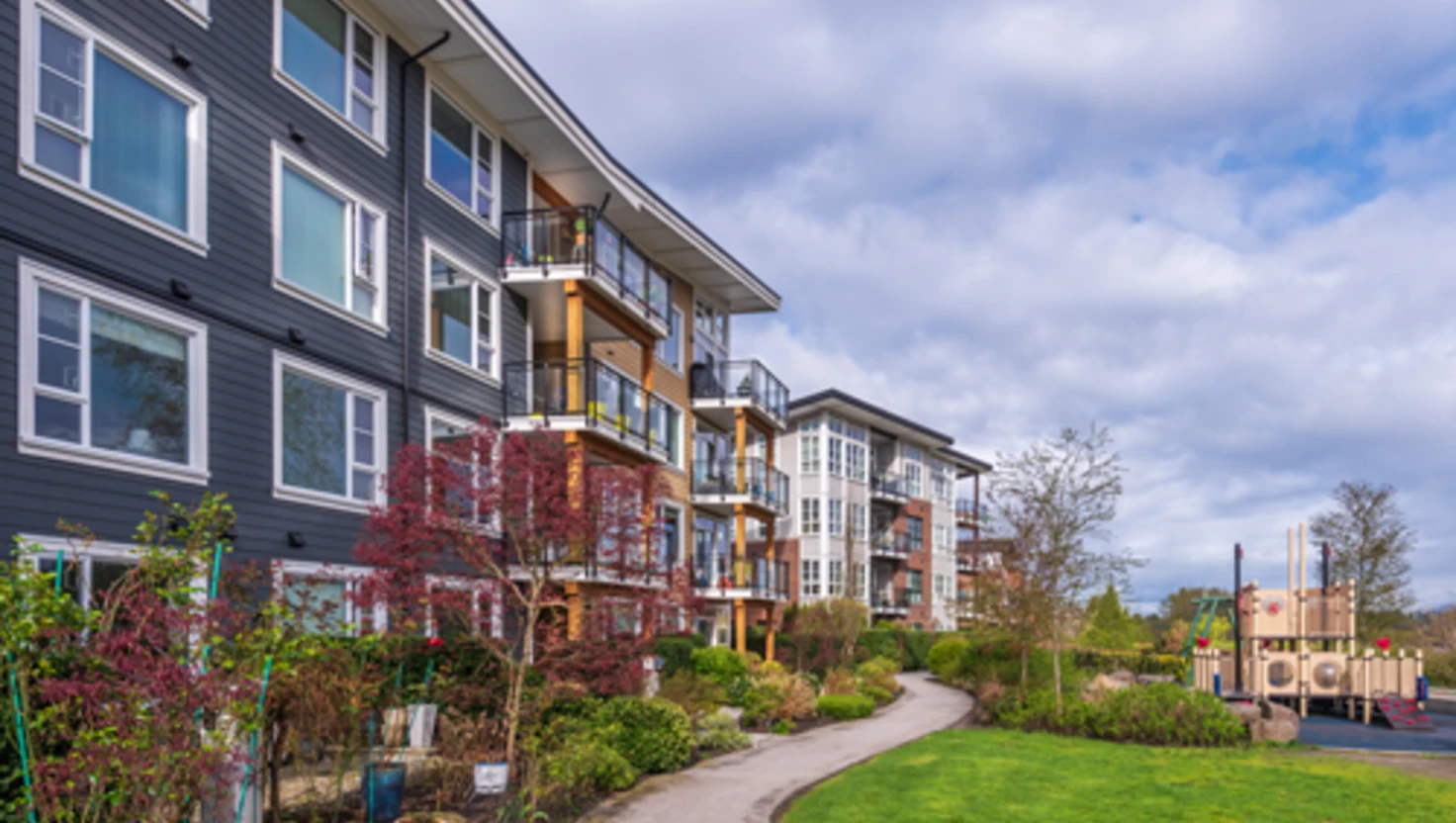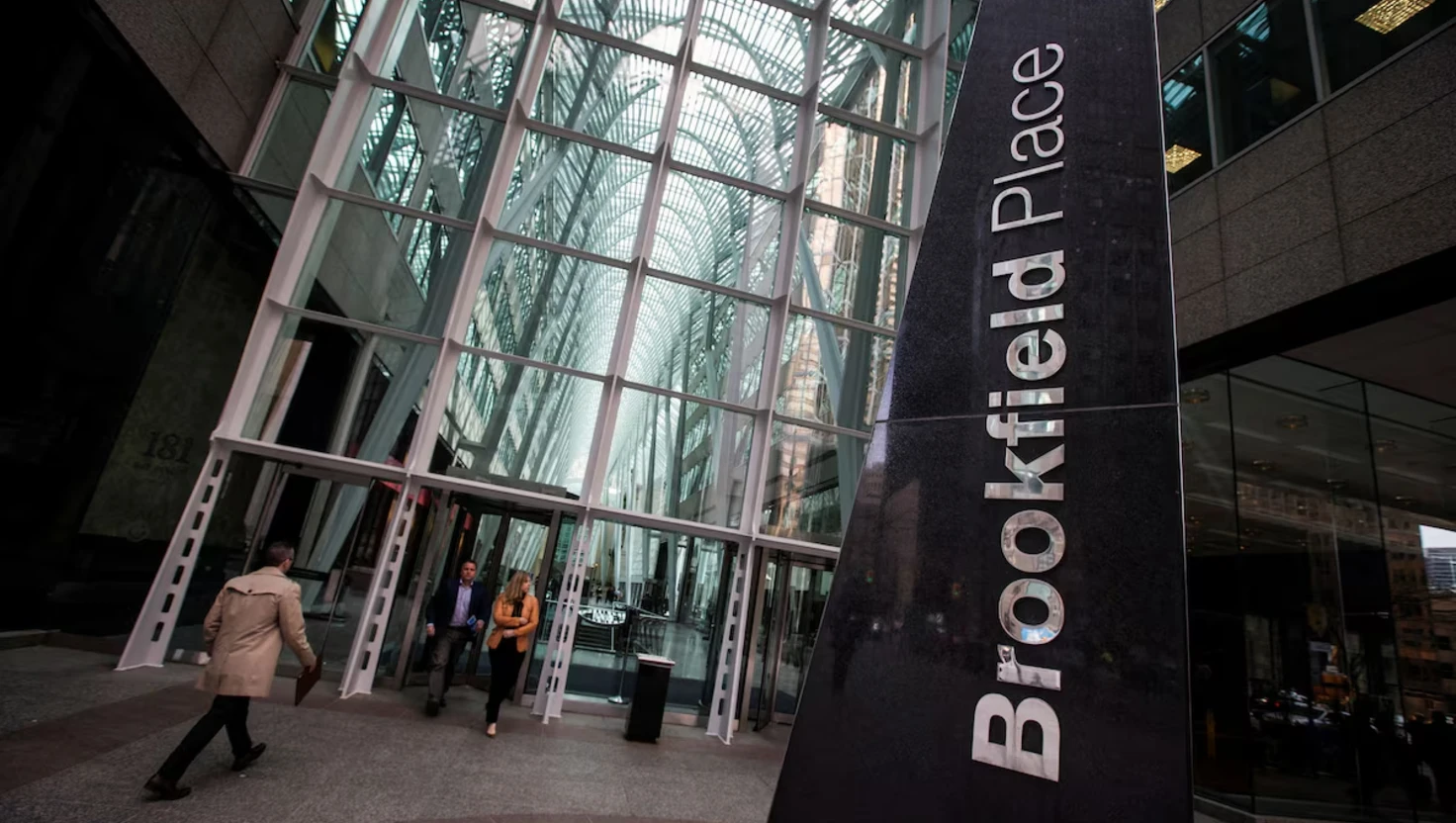Canada Social Housing Rents Rise as Survey Finds Units Age and Conditions Worsen

Canada Social Housing Rents Rise as Survey Finds Units Age and Conditions Worsen
CMHC’s latest social housing survey shows rising rents, aging buildings, and increased vacancy rates across Canada’s affordable housing stock.
Social and Affordable Housing in Canada Under Strain, CMHC Survey Reveals
A comprehensive national survey conducted by the Canada Mortgage and Housing Corporation (CMHC) has revealed that social and affordable housing units across the country are ageing rapidly, with rising rents, a growing share of dwellings in poor condition, and widening gaps in funding. The fifth cycle of the Social and Affordable Housing Survey — Rental Structures (SAHS-RS) covered nearly 593,000 housing units, including detailed information on rents, building condition, vacancy rates, and target clientele.
Between 2019 and 2024, average monthly rents for social housing increased significantly across most unit types. Nationally, one-bedroom units saw a 16% increase, while two-bedroom units rose by 22%. In contrast, bachelor unit rents declined by 4%, and rents for three-bedroom or larger units surged by 30%.
Older Buildings and Declining Condition
The survey data show a notable deterioration in housing quality. In 2019, only 2.5% of units were classified as being in poor condition. By 2024, that figure had risen sharply to 23%, a shift driven largely by a decrease in the number of units rated as being in good or fair condition. In addition, the proportion of structures not expecting repairs in the next five years dropped from 34% to 23%.
Building condition also varied significantly by age. Some 77% of social housing units built after 2003 were rated as in excellent or good condition, compared to only 38% of those built earlier. Regional differences were pronounced: in Saskatchewan, only 15% of units were in good condition, while the figure reached up to 70% in British Columbia and Quebec.
Vacancy Rates and Accessibility
Nationally, vacancy rates have risen from 1.6% in 2019 to 2.9% in 2024. Manitoba saw the most dramatic increase, with the rate jumping from 1.2% to 13.7%. Vacancy rates for bachelor and three-bedroom units tended to be higher than for one- and two-bedroom units.
Accessibility remains a challenge across the country. The survey found that 37% of all housing structures lacked basic accessibility features, such as step-free street-level entrances or wide doorways. This figure was much higher in Nova Scotia, Alberta and Quebec, where over two-thirds of structures did not meet minimum accessibility standards.
Funding and Management Trends
The majority of social and affordable housing stock—53%—is managed by government bodies, with a further 26% managed by non-profit organisations, 7% by cooperatives, and the remaining 17% by private entities or partnerships. The funding structure similarly reveals reliance on public support: 70% of housing units receive funding from one or more levels of government. However, 19% of units operate without any formal funding agreement, a trend most evident in the Northwest Territories.
Operational deficit funding—used to cover costs not met by rent—varied significantly. Nationally, 36.5% of units received no such funding. In Saskatchewan, that figure was 95%, compared to just 5% in Manitoba.
Who Lives in Canada’s Social Housing?
The client base of social and affordable housing reflects a wide range of population groups. Seniors account for the largest share at 33%, followed by families with children at 25%. Single men and women each comprise roughly 11%, while persons with physical and mental disabilities represent around 4% each. In Saskatchewan and Alberta, single adults make up only 1–5% of residents, compared to 15–25% in other provinces.
Government-managed housing primarily serves families and youth, while seniors are almost equally likely to be housed by either government or non-profit organisations. Groups such as refugees, persons with disabilities, and Indigenous populations are more frequently housed by non-profits.
Rent Determination Still Mostly Based on Income
Across Canada, 84% of social housing units have rents determined by household income, known as rent geared to income (RGI). This approach varies by province, with 90% or more of units using RGI in Ontario and Atlantic Canada, compared to just 58% in British Columbia.
In some centres, fixed-percentage rent models—based on a set percentage of market rent—remain common. For instance, 82% of housing in Wood Buffalo, Alberta uses this approach, along with 36% in Tillsonburg, Ontario, and 28% in Calgary. In parts of Quebec, operational needs also play a key role in rent setting, influencing over 30% of units in several cities.
Context: Long-Term Pressures on Affordable Housing Sector
The findings from CMHC’s survey underscore the growing strain on Canada’s social and affordable housing infrastructure. With a large share of units built before 1987 and aging rapidly, the need for repair and redevelopment is becoming more urgent. At the same time, rising rents and gaps in operational funding threaten to widen affordability challenges for low-income households.
While federal, provincial and municipal governments continue to play a key role in supporting this housing segment, disparities across regions and funding models point to the need for more consistent, long-term strategies.
CMHC says it will continue refining the survey and expanding coverage to improve national understanding of this critical component of Canada’s housing system.

B.C. Premier rebuffs developers' request for foreign real estate investment
B.C. developers urge Canadian and provincial governments to ease the foreign buyer ban, but Premier David Eby and Minister Christine Boyle reject the proposal.
| 2025-08-01

Bank of Canada holds interest rate steady in the face of tariffs
The Bank of Canada maintains its benchmark interest rate at 2.75%, citing a resilient economy amid ongoing global trade tensions and U.S. tariffs.
| 2025-07-31

North Effect: Climate change to spur higher demand for Canadian real estate
A new report reveals climate change is fuelling long-term demand for Canadian real estate, as global migrants seek climate-resilient destinations.
| 2025-07-31

Brookfield Expands Mortgage Holdings with $2.9bn First National Deal
Brookfield and Birch Hill to acquire 62% of First National Financial in $2.9bn move, deepening Brookfield’s presence in Canada’s non-bank mortgage market.
| 2025-07-30

Brookfield and Birch Hill Acquire Majority Stake in First National
Brookfield and Birch Hill to purchase 62% of First National Financial for $1.8bn, marking a major shift in Canada’s non-bank mortgage sector.
| 2025-07-30




